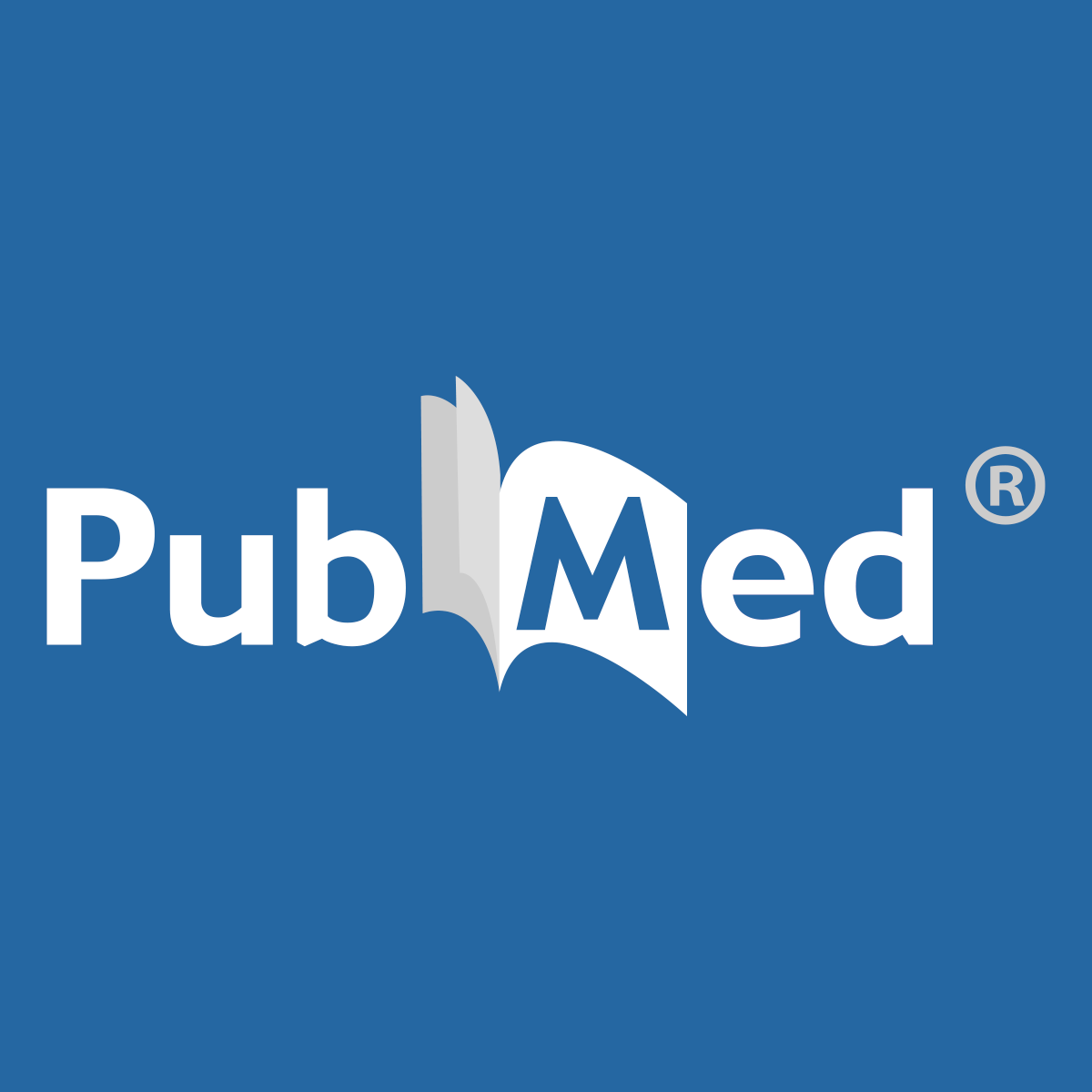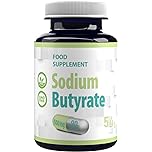It is thought that fecal transplants work because they restore butyrate levels in the gut. We have information about butyrate all over the forum, but here's a dedicated thread to raise up awareness into this important short-chain fatty acid.
Butyrate is produced in the small intestines and is also known as butyrate acid or butanoic acid. Good bacteria in the intestines produce butyrate when they ferment dietary fiber.
From wiki Butyric acid - Wikipedia :
Butyrate is produced in the small intestines and is also known as butyrate acid or butanoic acid. Good bacteria in the intestines produce butyrate when they ferment dietary fiber.
From wiki Butyric acid - Wikipedia :
Butyrate is essential to host immune homeostasis.[36] Although the role and importance of butyrate in the gut is not fully understood, many researchers argue that a depletion of butyrate-producing bacteria in patients with several vasculitic conditions is essential to the pathogenesis of these disorders. A depletion of butyrate in the gut is typically caused by an absence or depletion of butyrate-producing-bacteria (BPB). This depletion in BPB leads to microbial dysbiosis. This is characterized by an overall low biodiversity and a depletion of key butyrate-producing members. Butyrate is an essential microbial metabolite with a vital role as a modulator of proper immune function in the host. It has been shown that children lacking in BPB are more susceptible to allergic disease[46] and Type 1 Diabetes.[47] Butyrate is also reduced in a diet low in fiber which can induce inflammation and have other adverse affects insofar as these short-chain fatty acids activate PPAR-γ.
Butyrate exerts a key role for the maintenance of immune homeostasis both locally (in the gut) and systemically (via circulating butyrate). It has been shown to promote the differentiation of regulatory T cells. In particular, circulating butyrate prompts the generation of extrathymic regulatory T cells. The low-levels of butyrate in human subjects could favor reduced regulatory T cell-mediated control, thus promoting a powerful immuno-pathological T-cell response.[49] On the other hand, gut butyrate has been reported to inhibit local pro-inflammatory cytokines. The absence or depletion of these BPB in the gut could therefore be a possible aide in the overly-active inflammatory response. Butyrate in the gut also protects the integrity of the intestinal epithelial barrier. Decreased butyrate levels therefore lead to a damaged or dysfunctional intestinal epithelial barrier.
Butyrate has been shown to be a critical mediator of the colonic inflammatory response. It is responsible for about 70% of energy from the colonocytes, being a critical SCFA in colon homeostasis.[65] Butyrate possesses both preventive and therapeutic potential to counteract inflammation-mediated ulcerative colitis (UC) and colorectal cancer.[66] It produces different effects in healthy and cancerous cells: this is known as the "butyrate paradox". In particular, butyrate inhibits colonic tumor cells and stimulates proliferation of healthy colonic epithelial cells.
In summary, the production of volatile fatty acids such as butyrate from fermentable fibers may contribute to the role of dietary fiber in colon cancer. Short-chain fatty acids, which include butyric acid, are produced by beneficial colonic bacteria (probiotics) that feed on, or ferment prebiotics, which are plant products that contain dietary fiber. These short-chain fatty acids benefit the colonocytes by increasing energy production, and may protect against colon cancer by inhibiting cell proliferation.
Owing to the importance of butyrate as an inflammatory regulator and immune system contributor, butyrate depletions could be a key factor influencing the pathogenesis of many vasculitic conditions. It is thus essential to maintain healthy levels of butyrate in the gut. Fecal microbiota transplants (to restore BPB and symbiosis in the gut) could be effective by replenishing butyrate levels. In this treatment, a healthy individual donates their stool to be transplanted into an individual with dysbiosis. A less-invasive treatment option is the administration of butyrate—as oral supplements or enemas—which has been shown to be very effective in terminating symptoms of inflammation with minimal-to-no side-effects. In a study where patients with ulcerative colitis were treated with butyrate enemas, inflammation decreased significantly, and bleeding ceased completely after butyrate provision.



